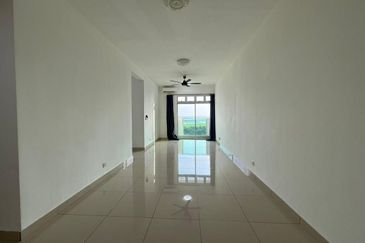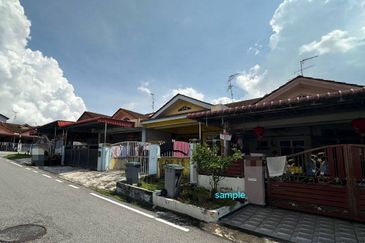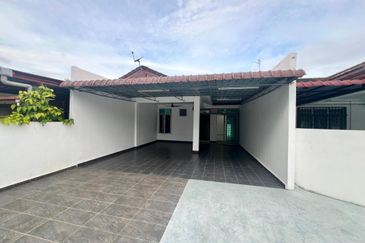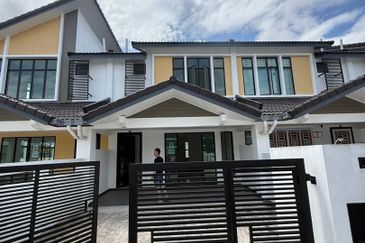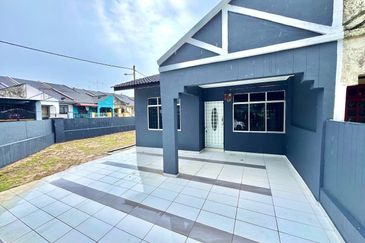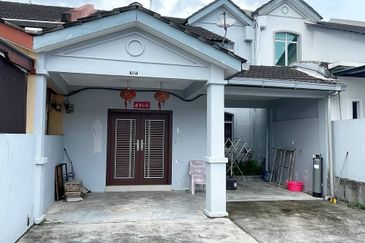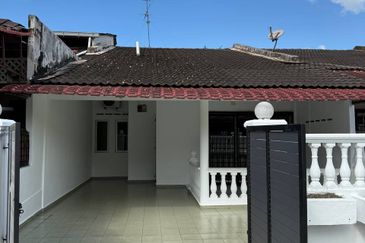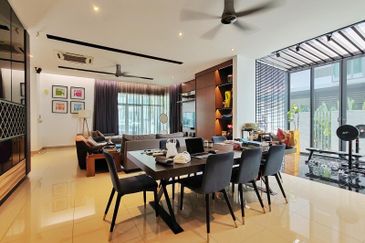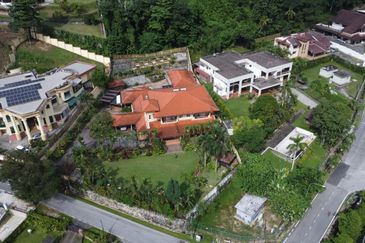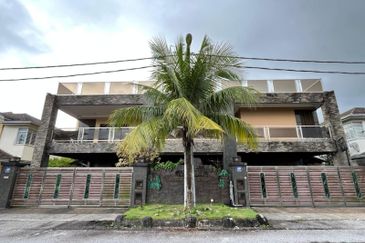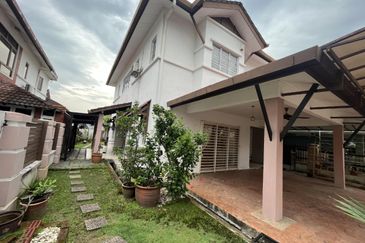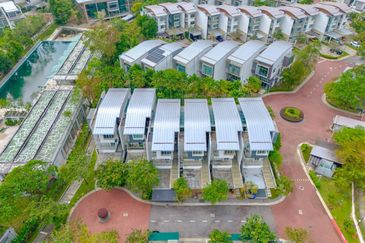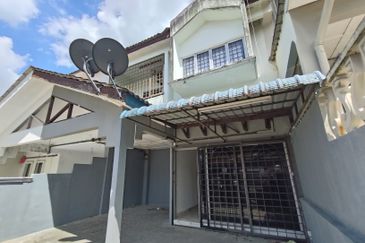
PUTRAJAYA: The signing of the Memorandum of Understanding (MoU) on July 19 to work towards commencing the Kuala Lumpur–Singapore High Speed Rail (HSR) operations by 2026 has sparked renewed interest along the property line.
This ambitious undertaking will see a team jointly set up by the Malaysian and Singaporean governments race against a 10-year deadline to deliver this game-changing project, which comprises eight stations, with terminals in Bandar Malaysia (Kuala Lumpur) and Singapore, and six intermediate stations in Putrajaya, Seremban, Ayer Keroh, Muar, Batu Pahat and Iskandar Puteri.
Minister in the Prime Minister's Department Datuk Abdul Rahman Dahlan and Singapore’s Coordinating Minister for Infrastructure and Minister for Transport Khaw Boon Wan signed the MoU on behalf of their respective governments, witnessed by Malaysia’s Prime Minister Datuk Seri Mohd Najib Razak and Singapore’s Prime Minister Lee Hsien Loong.
“This is the reflection of the future of Malaysia and Singapore — an era of growing prosperity. A new lifestyle will be enjoyed by both Malaysians and Singaporeans. Imagine 90 minutes’ travel time from both cities. You can have breakfast in KL, lunch in Singapore and dinner back in KL. It goes to show the things we can achieve in the spirit of good neighbourliness and partnership,” said Najib in his speech.
Lee noted that the goal of having the HSR operational by 2026 was “ambitious”.
“Even for the MRT lines in Singapore, it took us 12 to 15 years for the whole project from inception till its service time. This is a cross border high speed rail project on a much bigger scale.
The joint project team will be calling for an international tender next month to appoint a joint development partner to provide technical support on the project for both countries.
However, is this new milestone enough to move Malaysia’s lethargic property market? The experts weigh in.
 Samuel Tan, director of KGV International Property Consultants (M) Sdn Bhd based in Johor
Samuel Tan, director of KGV International Property Consultants (M) Sdn Bhd based in Johor
Even before the MoU signing, property prices near the proposed HSR stations in Johor had already gone up. Now that the MoU has been signed, it will definitely boost property prices again.
In the long run, properties in the radius of 1km around the stations will see another boost in prices because people will enjoy staying in these areas due to the convenience that the HSR will offer in terms of travelling and connectivity to Singapore, Seremban, KL and Malacca.
They will want to stay as close as possible to the areas near the stations. There will also be a boost in economic activity.
However, this is only for the properties near the stations. Properties along the line may not necessarily benefit from the HSR.
We need to remember that this is only an MoU for now. The real impact can only be seen when the bilateral agreement is drawn up at the end of the year.
 Tang Chee Meng, chief operating officer of Henry Butcher (Malaysia) Sdn Bhd
Tang Chee Meng, chief operating officer of Henry Butcher (Malaysia) Sdn Bhd
With this new infrastructure [HSR project] coming up and the MoU being signed, there will be an increase in demand for properties surrounding the terminals. This will then lead to an increase in property prices and rents.
In the short term, it is unlikely that we will see an influx of Singaporeans coming in to buy properties in areas near the terminals.
In the long term, however, it will draw economic activity from Singaporeans due to the convenience of travelling and the ease of setting up in Malaysia.
However, we need to remember that this is a long-term project. There will certainly be investors who will start buying properties in the areas where the stations are, but they will need to hold on to their properties for the next 10 years until the HSR project has been completed to reap their harvest.
Having said that, this MoU is significant as the two governments have come together to line up the terms and conditions so that the bilateral agreement can be signed this year-end.
For each milestone achieved such as the MoU signing, tendering of contractors, commencement of construction of the track lines, and the start of rail service — there will be a spurt in interest from investors and homebuyers.
 Datuk Siders Sittampalam, managing director of PPC International Sdn Bhd
Datuk Siders Sittampalam, managing director of PPC International Sdn Bhd
In the short term, the signing of the MoU may cause an initial kneejerk increase of property prices in the areas near the stations but it will not be a major one.
Once the tracks have been laid out and the public can physically see the project commencing, there will be another boost in property prices. It will be more convincing to the public that this project will really carry through.
The HSR will definitely have a positive impact on residents staying around the termini as they will now have easier access to public transport. The value of commercial properties will see an improvement as well, most probably at the end of the year when the bilateral agreement has been drawn up and the physical earth works commence.
 James Wong, managing director of VPC Alliance (Malaysia) Sdn Bhd
James Wong, managing director of VPC Alliance (Malaysia) Sdn Bhd
After the construction of the Petronas Twin Towers and Kuala Lumpur International Airport, Malaysia did not have any major infrastructure project of this scale. The HSR project, estimated to cost RM50 billion to RM60 billion, is not only expected to bring massive foreign investments into the country, but will also result in a big inflow of expatriates and foreign workers into the country. This will result in a spin off for housing and contribution to the local economy.
The HSR will definitely become a catalyst for future developments and the eight towns where the HSR stations are located will see a boom in property prices, both in the mid and long term.

This story first appeared in TheEdgeProperty.com pullout on July 22, 2016, which comes with The Edge Financial Daily every Friday. Download TheEdgeProperty.com pullout here for free.
TOP PICKS BY EDGEPROP
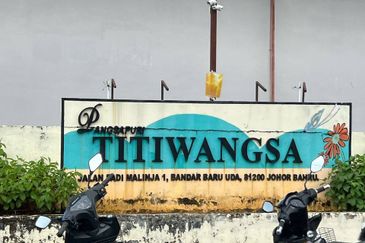
Titiwangsa Apartment, Bandar Baru Uda
Johor Bahru, Johor

Desa Impiana, Taman Puchong Prima
Puchong, Selangor

D'Summit Residences @ Kempas Utama
Johor Bahru, Johor

hero.jpg?GPem8xdIFjEDnmfAHjnS.4wbzvW8BrWw)
